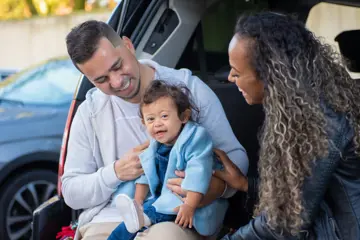There are many reasons why a child or young person might need to be fostered. The local authority may decide with the parent(s), the agreement of the court, or because of a police action, that a child or young person needs to be cared for safely somewhere other than their family home.
In some cases, this may be because a child or young person has suffered significant harm or is at risk of significant harm. In these situations, the local authority has a duty to investigate. If the investigation concludes that a child is at risk of, or has suffered, significant harm, they may work with other agencies, the child, and the family, to put a Child Protection Plan in place to reduce risks for the child and monitor their safety at home. If this is not possible, the child may come into the care of the local authority.
If the child becomes a 'looked after child', the local authority should check if someone known to them could offer appropriate care. This person may be able to be assessed as a connected person/kinship foster carer. If this is not possible, the child will go to live with an approved foster carer.
A foster family/kinship/connected person foster carer can give children and young people the opportunity to experience a positive family life, often during a period of uncertainty. This can help rebuild their trust in adults.
Many children return home safely once the issues have been addressed, or onto other permanent options depending on their needs, including adoption, special guardianship, or long-term foster care.










